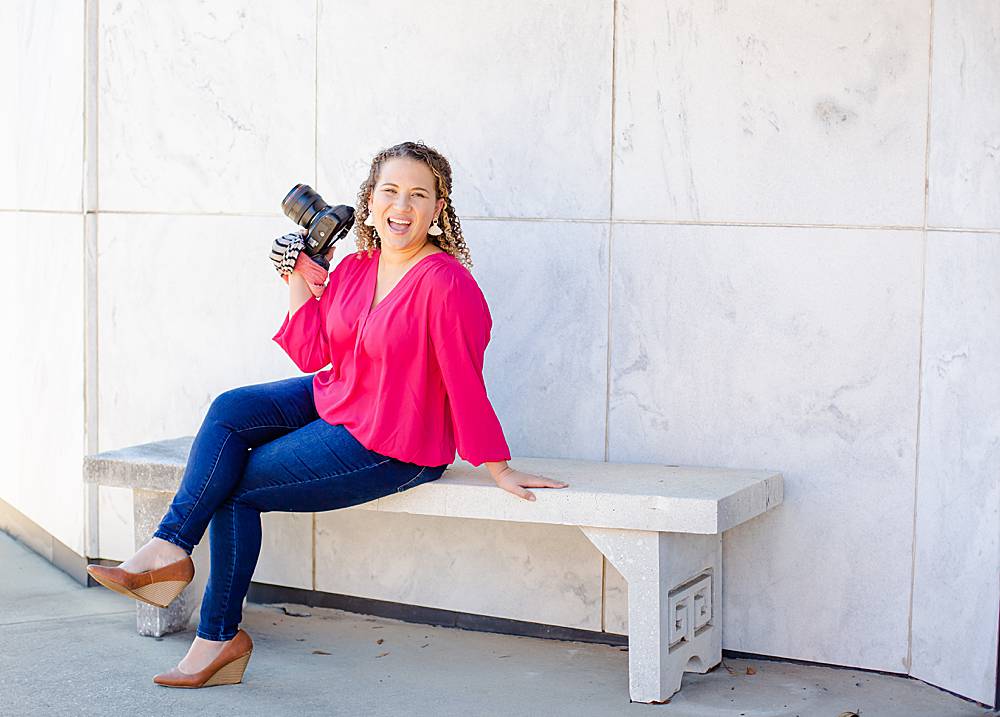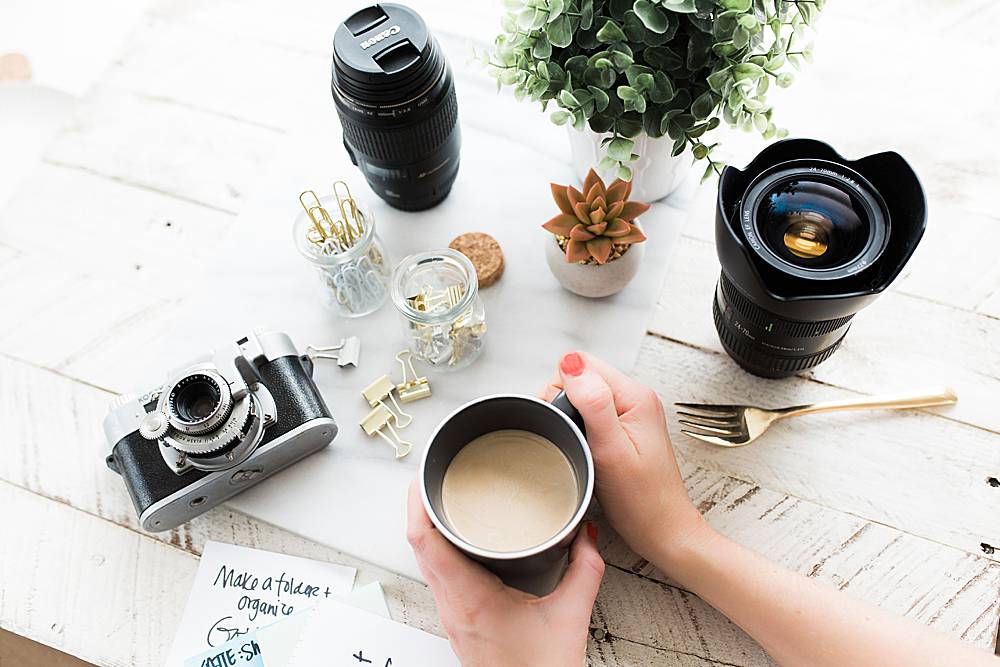Let me paint you a picture this morning. Imagine me, 26 years old, 8 months pregnant with my first child, sitting cross-legged on our bed while I watched my husband excitedly unbox the brand new DSLR camera that we just bought. I watched as he took out the camera and carefully sat it on the foot of the bed. Then the battery and charger. Next came the SD cards that he got in the bundle he bought. The thick manual made a sort of thunking sound as it hit the bed. Lastly he pulled out a lens…no…two lenses. No…three lenses. Three. I wondered what on earth we’d do with 3 of them. Was one a backup in case the first one broke?

The whole scene was overwhelming to me. I didn’t have one more ounce of space in my brain to learn something new. After all, I was about to give birth the following month and I was trying my best to read all the books and blogs to figure out how on earth to be a mom. Learning how to use this complicated camera was last on my list. Actually, it wasn’t even on my list.
Maybe this picture is familiar to you. Maybe you feel totally overwhelmed when looking at your big, clunky DSLR camera that’s supposed to take great photos, but you’re not really sure how. Maybe you’ve even wondered, ‘Why so many lenses?’.
So today I thought I’d take just that one question about lenses and demystify it for you. Like most things about your camera, it’s actually not that complicated once someone takes time to explain it in language you understand.
So why do we need different lenses? The simple answer is that different lenses can give our photos different looks. Some lenses are better for portraits and allow you to get a really wide aperture, meaning that you can blur out the background and make your subject pop. Other lenses are wide angle so that you can get a lot of what you’re seeing in the frame. This would be the lens to have if you were visiting the Grand Canyon and just had to get as much of it as possible in your frame. Some are made specifically for macro photography. You know those close ups of ladybugs on leaves or water droplets sliding off a flower petal? A macro lens allowed the photographer to get super close and still be able to focus.
Some lenses are more “middle-of-the-road” lenses that are suitable for most situations. These are great “walking around” lenses. Something you could use to take a quick portrait if you needed to or grab a wider shot of the city.

Some lenses zoom in and out and some, called prime lenses, come in one fixed focal length and don’t zoom at all. If you want a closer shot, you’ll have to move your feet closer to the subject.
That leads us to focal length. Lenses with long focal lengths allow you to be very far away from your subject. Think sports photographers on the sidelines or wedding photographers shooting from the back pew of a large church.
Lenses with shorter focal lengths require you to get up close and personal with the person you’re photographing. Think portrait photographers.
Most starter DSLR cameras will come with what’s called a “kit” lens. This is typically a cheaply made, middle of the road lens. Something that zooms pretty far in and out, giving you a lot of breadth. While it’s not top quality and wouldn’t give the same wide apertures and sharp focus that a professional quality lens would, it’s a great place to start while learning how to use your camera. After all, we know that the camera and lens do not make a great photo, the photographer does.
I always say learn what you have. Hone your skills. Understand how to use the equipment you have before buying something new. If you can’t take a great photo with what you have, you won’t be able to take a great photo with that shiny new lens either.
But…once you’ve mastered the lens your camera came with and you’re ready to add something new to your collection, I’ve put together a Lens Reference Guide to help you figure out which lens might be best for what you’re photographing. Click HERE to grab it!
So next time you’re staring at that box of stuff your camera came with, I hope the lenses will be a little less mysterious. That second one, in fact, is not actually a backup in case the first one hits the ground.
Until Next Time,

P.S.
Did you find the lens reference guide helpful? What other questions do you have? Click reply and let me know!
comments +